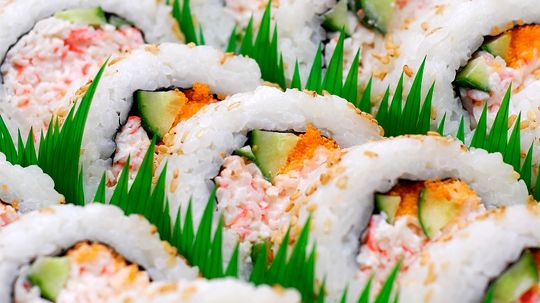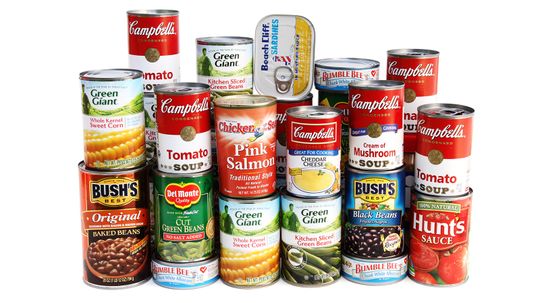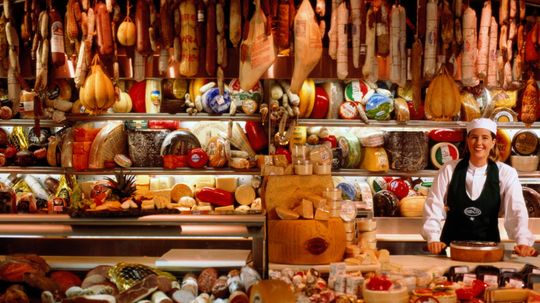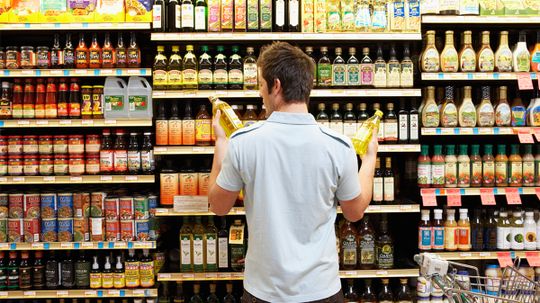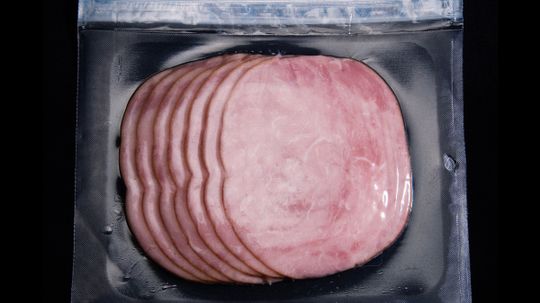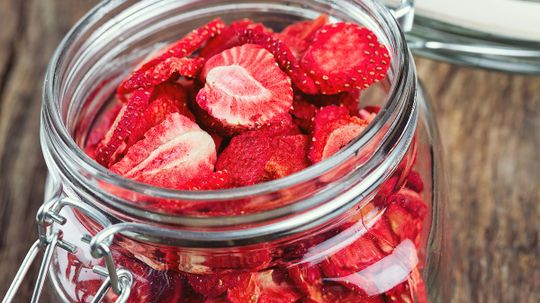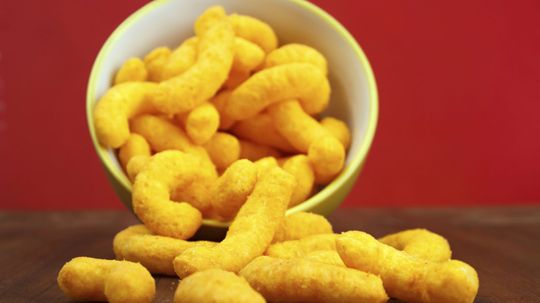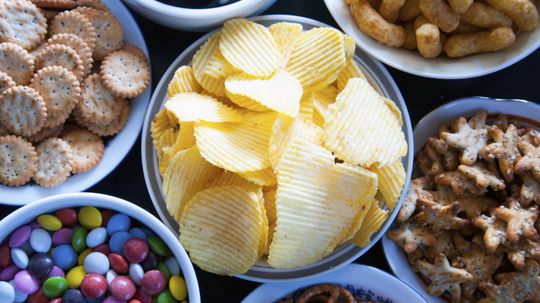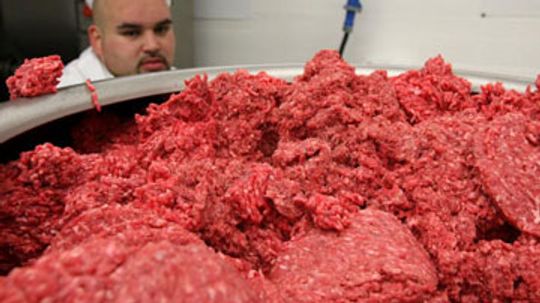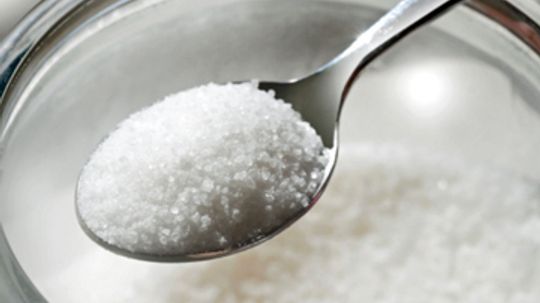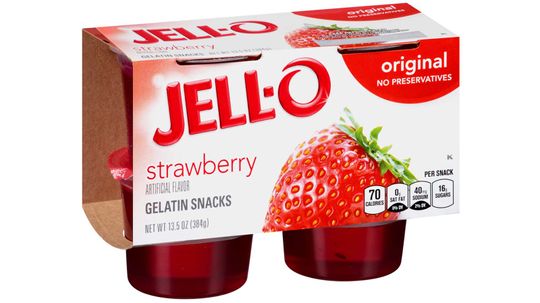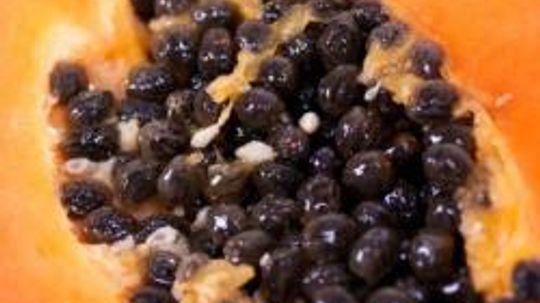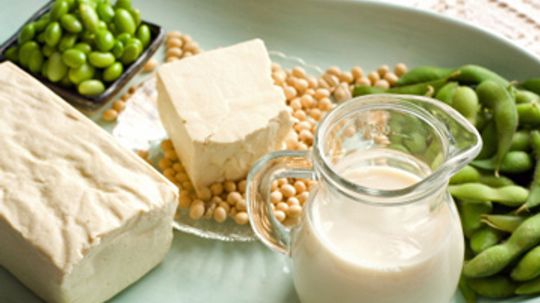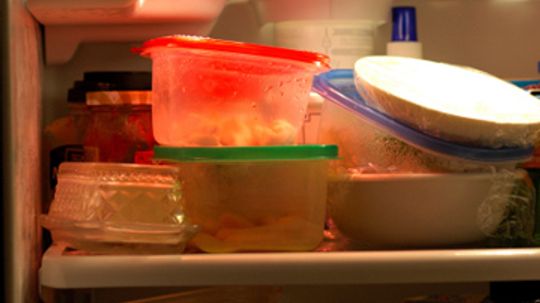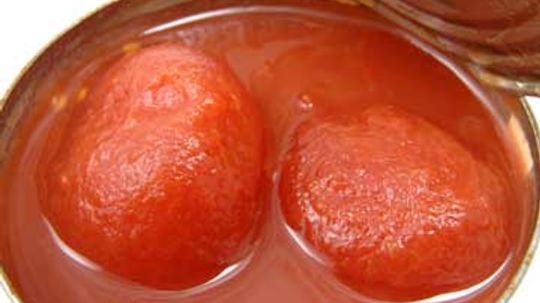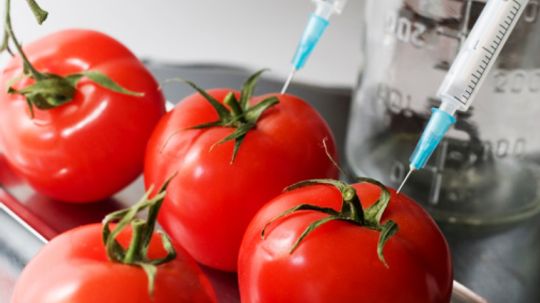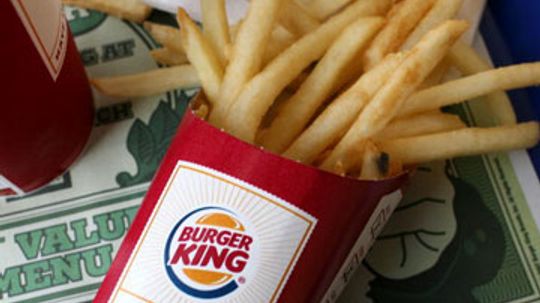Food Processing Facts
Food Processing deals with how some of the most common foods are put together and manufactured. Learn how hot dogs are made (if you dare) and what exactly is a Rice Krispy.
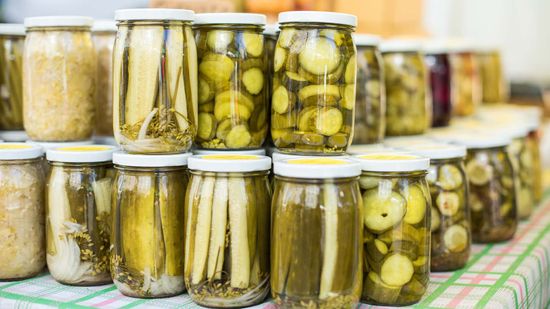
What's the Dill? The History of the Pickle
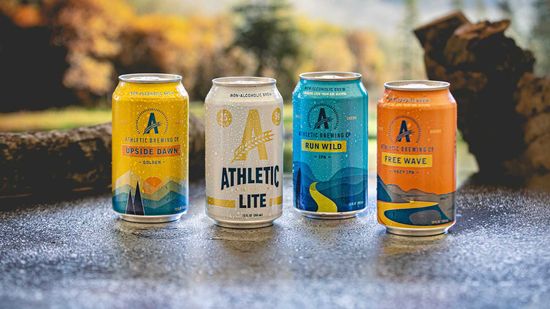
How Do Today's Brewers Make Non-alcoholic Beer?

You Don't Want to Know How Maraschino Cherries Are Made

What's the Best-selling Beer in the World? Not Budweiser

5 Types of Tequila: Which to Sip and Which to Shoot
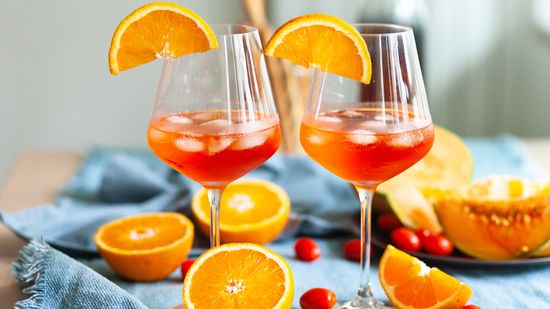
Campari vs. Aperol Cocktails and Flavor Profiles
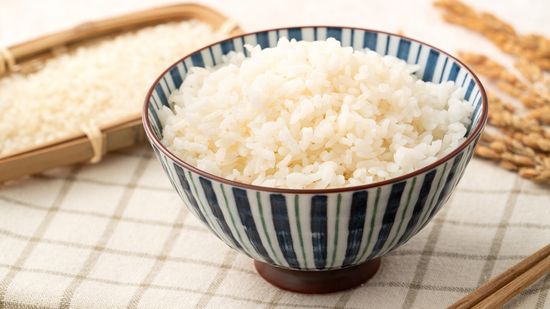
12 Types of Rice to Pair With Any Meal
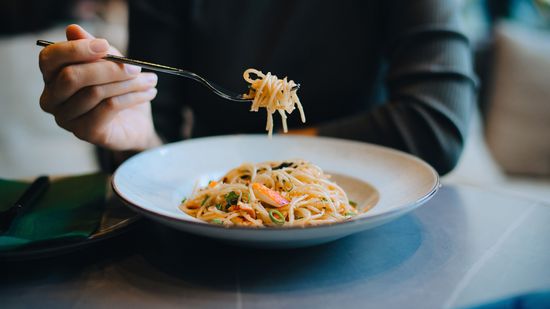
14 Types of Noodles Coming to a Dinner Table Near You

13 Types of Bread: Challah, Sourdough, Rye and More
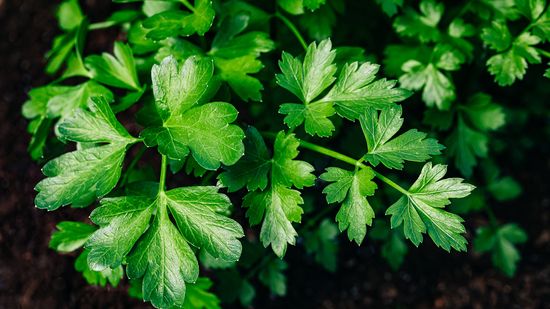
Parsley vs. Cilantro: Same Family, Totally Different Flavor Profile
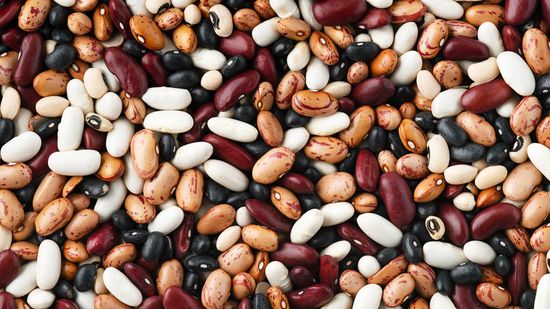
14 Types of Beans: Garbanzo, Adzuki, Cannellini and More
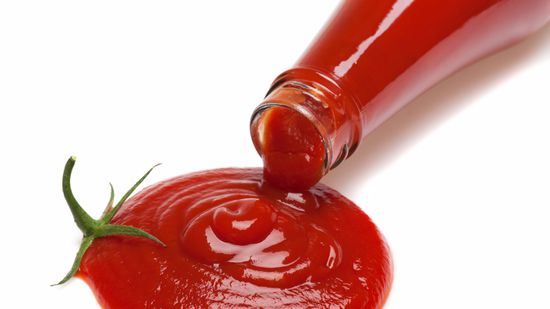
Is Tomato Catsup the Same as Tomato Ketchup?

Get the Scoop on Our Ice Cream Quiz!

What Is Halloumi Cheese, and Why Is It Suddenly So Popular?
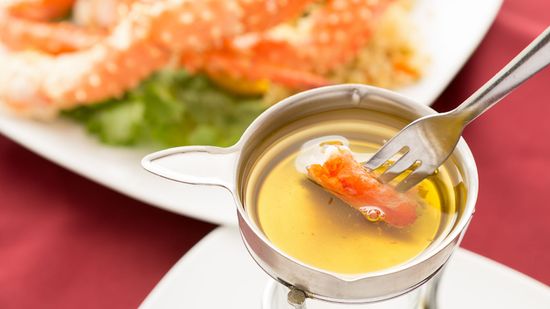
What's the Difference Between Clarified Butter and Ghee?

9 Unconventional and Weird Ice Cream Flavors We'd Love to Try
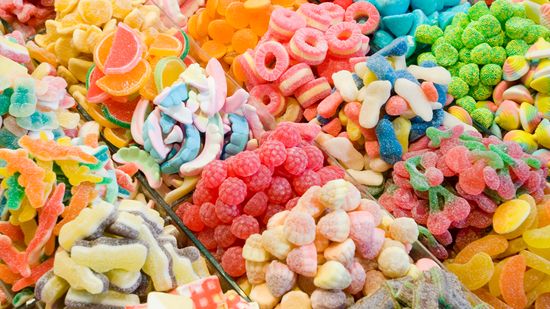
6 Types of Candy for Every Sweet Tooth

11 Types of Cookies for Your Next Snack Attack
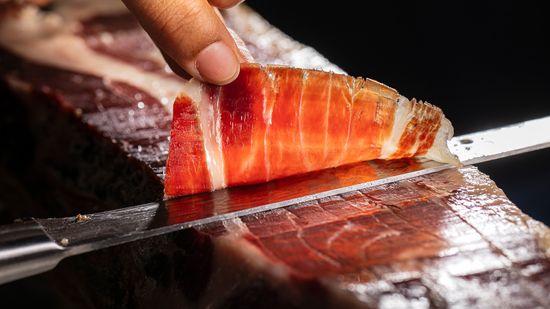
Is the Most Expensive Meat Kobe Beef, Wagyu, or Iberico Ham?

8 Food Festivals Where You Can Fill Up on a Good Time

Discovering the Vibrant Flavors of Hungarian Cuisine: A Culinary Journey

How Food Tasters Work

Top 5 Reasons You Know You Should be a Pastry Chef

How to Get Your Big Break into the Baking Business
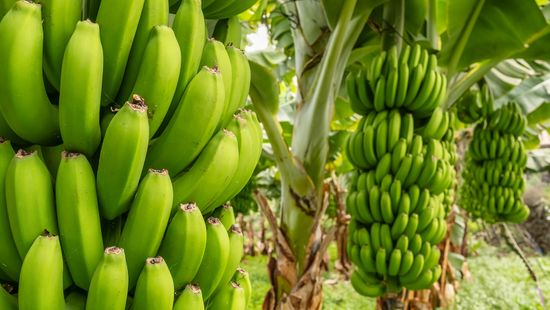
What Is a Group of Bananas Called? A Bunch Isn't What You Think
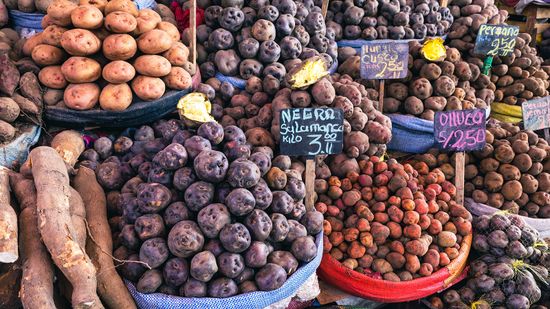
Where Do Potatoes Originate From? Not Ireland
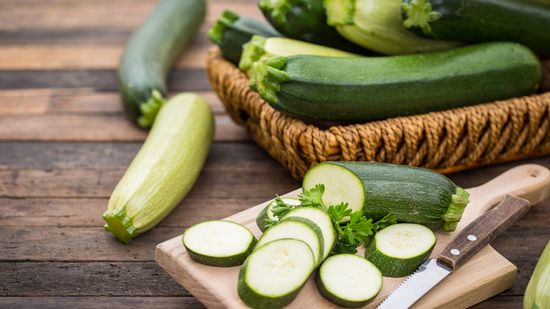
Zucchini vs. Cucumber Vitamins, Water Content, and Uses
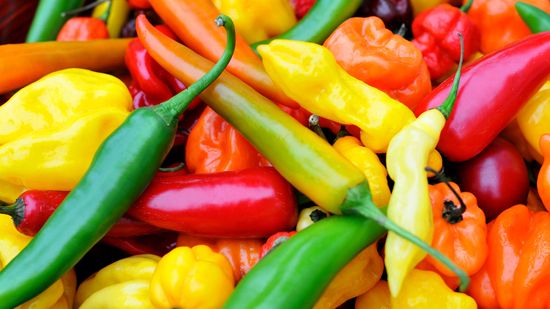
7 of the Hottest Peppers in the World
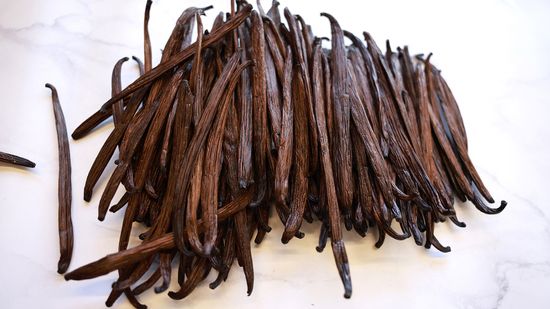
Where Does Vanilla Flavoring Come From?

Lemongrass Is a Prized Herb in Asian Cuisine

10 Flaming-hot Facts About Cheetos

Korean Street Treat Hotteok Is Like a Warm Hug
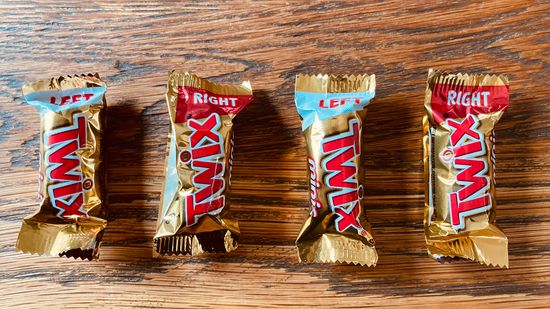
Is There Really a Difference Between the Left and Right Twix?

10 Types of Wine and What to Pair Them With

What's the Difference Between Champagne and Sparkling Wine?

What's the Difference Between Port and Sherry?
Learn More
Jellyfish might look like something you’d never want near your dinner plate, but people have been eating them for centuries. But can you eat jellyfish safely?
By Nico Avelle
If you've had a grocery store California roll or mixed seafood salad, you've probably eaten imitation crab meat. But what is imitation crab, exactly?
By Sascha Bos
Nuts are born, dry roasted and salted, in a can on the grocery store shelf, right? Not exactly. You might be surprised at what they look like before humans get ahold of them.
Advertisement
Hot dogs are about as American as baseball and apple pie. You know you love them, but do you know what's actually in them?
By Sarah Gleim
Canned foods are super convenient, but there's often a stigma attached to serving them. Is that warranted?
By Shaun Chavis
Pass the cellulose! A Norwegian company is using renewable logging waste to replace saturated fat in hot dogs. It could help your health and the planet.
"All-natural" labeling offers a thin slice of reassurance to sandwich lovers who want to avoid nitrites and nitrates. But would deli meat be deli meat without them?
Advertisement
Your food might look perfectly fine on the plate, but silent ingredients - packaging chemicals - probably have seeped into it during storage. How do these substances affect your food?
Sometimes it seems as if processed meats (like the pastrami on your late-night sandwich) don't last long. But all those preservatives do serve a purpose - you'll be able to eat that pastrami days after your home-cooked chicken has gone bye-bye.
With its extended expiration date and super portability, it's no wonder people have been relying on dehydrated food for centuries. But is it any healthier for us?
Salt and MSG don't just make things taste saltier - they brighten the flavors of almost any food. But how can the same ingredient make chocolate taste sweeter, take the bitterness out of grapefruit and make cream soup taste thicker?
By Dave Roos
Advertisement
When it comes to certain foods, self-control is a near impossibility. You can eat and eat (and eat) without ever feeling full. And you have your brain to blame.
By Debra Ronca
The next time you find yourself on the couch with your hand in an empty bag of chips, blame science. Researchers study exactly what it takes to keep you munching.
By Debra Ronca
Pink slime mixed with ground beef certainly doesn't make for the most appetizing mental picture. But is it really as bad as it sounds? How frightened should we be?
Artificial sweeteners are in everything from soda to candy, and most people can't tell the difference between them and sugar. So what's the real deal?
Advertisement
"Watch it wiggle, see it jiggle" Remember that jingle? We're talking about Jell-O, or gelatin. But just how does how does it do that? And what is this stuff made of?
From oysters to haggis, some foods are just plain unpleasant to look at. Check out this image gallery of unappetizing foods and be sure to keep a barf bag handy.
The key to any good apocalypse plan is a stash of foods that are loaded down with additives and preservatives. These five products probably won't survive an atomic blast, true, but you'll be much better off with them than with a crate of broccoli.
Some foods are easy to recognize on your plate, but what about a microscopic view? Check out this image gallery and try to see how well you know your foods up close and personal.
Advertisement
You would think that a simple solution for vegetarians would be to use a meat substitute in their diet that provides the same amount of protein without the use of animals. But is it appetizing -- or even safe to eat?
For your next meal, will you be dining on last night's leftovers or munching on moldy meats and fetid vegetables? How can you tell when it's time to throw out the leftovers? Don't trust your nose to tell you.
It's easy enough to peel food at home with hot water and a pan -- but surely the world's canned produce is peeled by some faster means? What is flash steaming, and how fast does it work?
Depending on how you look at it, the practice of genetically engineering crops is either a boon for civilization and the greatest hope to feed a hungry world, or a dangerous interference with nature that threatens both our health and our ecosystem.
Advertisement
From using seawater to grow crops in the middle of the desert to helping us colonize distant worlds, greenhouses are undoubtedly going to be an integral part of humanity's future.
What's the opposite of fast food? Slow food -- food that's been prepared from locally grown ingredients and reflects a certain culture and its history. It's the kind of food you savor, not scarf down in your car on the way to your kid's soccer game.
By Debra Ronca

